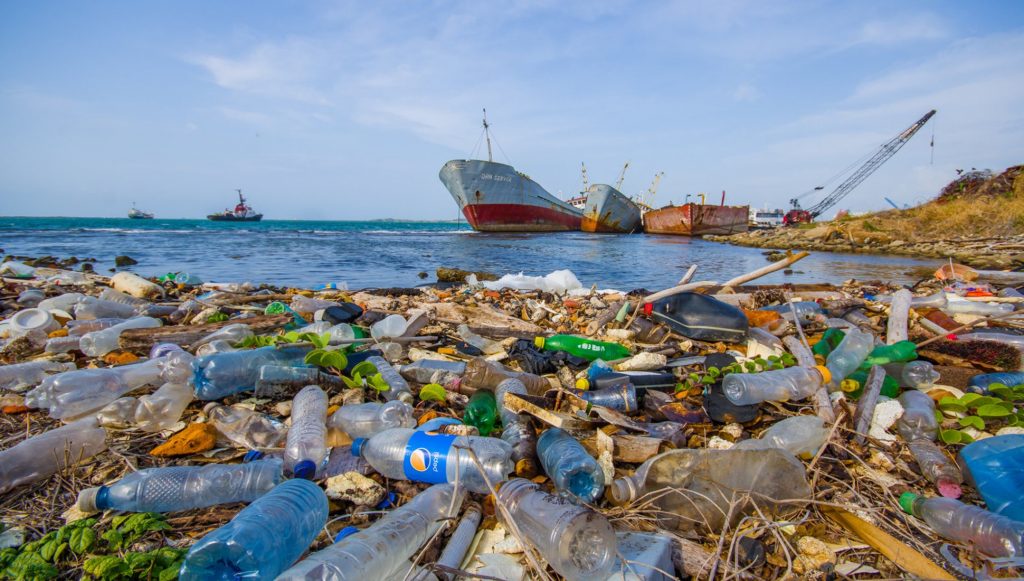
Hi, it’s me, Andrew. And right now I’m crowdfunding an effort to develop an environmental baseline for microplastics in the deep sea using a historic sample archive. You can read more about it here: We need to know more about microplastics in the deep sea.
What is Experiment? Experiment is a crowdfunding platform that connects scientists with small-scale funders. It allows people to discover, fund, and disseminate scientific research and it is especially good at funding small pilot studies that are difficult to fund through traditional grant-making agencies but could lead to much more significant funding down the road. And right now, they have a campaign to fund ocean research.
You can check out my campaign: Establishing a baseline for microplastic accumulation in deep-sea animals using an historical sample archive but you should also check out some of the other ocean science projects currently running on Experiment.
Establishing the first technological network for long term ocean observations in Costa Rica
Costa Rica lacks extended time series of oceanographic data. To address this issue, our goal is to deploy and maintain an array of smart mooring devices that will provide real-time data of temperature, waves and wind. We aim to describe how these variables associate to coastal erosion/coral bleaching in the Caribbean and coastal upwelling/ENSO coupling in the Pacific. Our mission is to provide open-access data to improve management of Marine Protected Areas and blue economy projects.
Are deep-sea metals powering bioelectrical eco-evolution?
The deep sea is enriched with metals and amazing life forms. Electroactive microbes can get energy from metals, creating conditions that could sustain high animal diversity in the abyss. With genomic data to expand a large, public diversity dataset, we can use multi-omics and phylogenetics to reveal the electrobiogeochemical basis of biodiversity maintenance. It is urgent to know the role that metals play in such eco-evolutionary mechanisms before they are removed by the deep-sea mining rush.
Measuring CO2 mineralization rates in a simulated ocean environment for the characterization of low-cost sensors
Direct air capture (DAC) of CO2 is a technology for low-cost and scalable carbon dioxide removal (CDR). These systems will collect and concentrate CO2 from around 400ppm to approximately 20% CO2 by volume. The use of ocean based mineralization and enhanced weathering processes present a huge opportunity for gigaton sequestration of CO2. This project will explore low-cost sensors to quantify the mineralization and reaction rate of CO2 in a simulated ocean environment.
Improving the Knowledge of Skates and Rays in Trinidad and Tobago
Trinidad and Tobago is home to many species of skates and rays but exactly how many and their locations are still unknown. There is a lack of knowledge on skate and ray biodiversity, life-history and ecology, however at least a third are thought to be on the IUCN Red List of Threatened Species. They are commonly caught as bycatch, and increasingly being kept for commercial sale. It is important to close these gaps in support of conservation and management.